Our Time in Iran
:: Regretfully, for various reasons, we have been tardy with our blog posting recently. Here is the next installment and we will keep the updates flowing asap. We appreciate your patience and support. ::
Travelling through Pakistan it was considered respectful for female tourists to dress modestly so as not to offend anyone i.e. to wear long trousers and loose clothing. Once you cross the Iranian border you are actually legally obliged to follow their rigid dress code. The letter of Islamic law says that "all females aged nine or older must wear Hijab (modest dress) in the actual or potential sight of any man who isn't a close relative. All parts of the body except hands, feet and the face above the neckline and below the hairline should be covered and the shape of the body must be disguised" In contrast to the colourful woman of Pakistan the majority of Iranian women wear black. The older women wear long chadors which are cloak like garments clutched around them. As a tourists you can skirt the law by wearing a long loose top that covers your bum and arms and basically keeping a headscarf glued to your head. As the dress code is the law you have to cover up everywhere - even in guesthouses going out to use the communal washrooms. As little as a few years ago the rules were more relaxed with women dispensing of the headscarf completely, however with the recent election of hardliners to the parliament Iran as become even more conservative. Women actually fear getting arrested and a huge police presence on the street keeps the dress code enforced. As for the men.... unsurprisingly there are zero restrictions there. All the males wear extremely snug fitting tee shirts and tight jeans with a low slung cut that sweeps below the Calvin Klein label of their boxers shorts. Dangerously pointy shoes, particularly of the brown variety are all the rage here at the moment.
Travelling through Pakistan it was considered respectful for female tourists to dress modestly so as not to offend anyone i.e. to wear long trousers and loose clothing. Once you cross the Iranian border you are actually legally obliged to follow their rigid dress code. The letter of Islamic law says that "all females aged nine or older must wear Hijab (modest dress) in the actual or potential sight of any man who isn't a close relative. All parts of the body except hands, feet and the face above the neckline and below the hairline should be covered and the shape of the body must be disguised" In contrast to the colourful woman of Pakistan the majority of Iranian women wear black. The older women wear long chadors which are cloak like garments clutched around them. As a tourists you can skirt the law by wearing a long loose top that covers your bum and arms and basically keeping a headscarf glued to your head. As the dress code is the law you have to cover up everywhere - even in guesthouses going out to use the communal washrooms. As little as a few years ago the rules were more relaxed with women dispensing of the headscarf completely, however with the recent election of hardliners to the parliament Iran as become even more conservative. Women actually fear getting arrested and a huge police presence on the street keeps the dress code enforced. As for the men.... unsurprisingly there are zero restrictions there. All the males wear extremely snug fitting tee shirts and tight jeans with a low slung cut that sweeps below the Calvin Klein label of their boxers shorts. Dangerously pointy shoes, particularly of the brown variety are all the rage here at the moment.
After a well deserved snooze we were starting to get over the trauma of the journey across into Iran. Certainly pulling back the bedroom curtains and being rewarded with magnificent view out over the Takyeh Amir Chakhmagh helped. Yazd draws travellers with its ancient old town. built in mud with cooling towers dotting the skyline. Its history can be traced back more than 3000 years and it claims to have second oldest architecture in the World. The little covered streets wind around in a labyrinth fashion, although much of it is under repair a large portion continues to be operated by shopkeepers of the bazaar. One impressive feature of the mud walled town is their use of wind towers (badgirs) that are designed to catch the smallest breeze and circulate wind into the mud houses below providing efficient and effective ventilation.
One of Iran's most beautiful mosques the Jameh Mosque was so worthwhile a stop that we found ourselves going back for a second and third look. What makes this building unique is it's mosaics that fill symmetrical alcoves that look like they have been "scooped" out of ceiling with a big spoon.
After coming from Pakistan and India, one of the first notable differences about Iran is wide tree line boulevards, the lack of motorbikes and the luxury of footpaths. Feeding time brings the next difference, finding somewhere to eat in Iran is always a challenge. There are restaurants in the tourist hotels but we normally steer clear of these looking for more authentic experiences. This leaves us with eateries selling processed burgers and hotdogs where hygiene leaves a lot to be desired (you can always tell alot when you watch a shop open in the morning -turning on the fridges, soft-serve ice cream machines etc makes you worry) . It's probably been the first place where we've been concerned about getting seriously ill from restaurant food. (Mind you we had a couple of great Camel burgers in Yazd) Every town has a couple of proper more upmarket restaurants but there is never any customers eating there so there´s almost an elevated risk of getting sick in these outlets. If you're lucky you might find a kebab restaurant that specialises in kebabs - we always kept looking until we unearthed one of these and shish kebab, tomato, onion, yogurt and bread quickly became our diet for the rest of our time in Iran. Besides a small amount of tomato and onion we didn't see any other vegetables in Iran. Like India and Pakistan people eat with their hands, although oddly enough it's not taboo to eat with your left hand. For us, after spending months negotiating a plate of food with one hand it seemed a little uncouth to dig right in with both paws.
Out and about the people are extremely friendly. The lift we got on arrival was nothing out of the ordinary in fact constantly people stopped us and asked could they help us and welcomed us to Iran. A new country brings new things - shops selling huge cones of sugar, little bakeries churning out thousands of lavash bread to a crush of locals acting like there's a bread shortage. All the convenience stores stock an astoundingly wide range of alcohol free beer flavoured strawberry, peach, lemon etc. imported Tuborg and even Baltica 0 from Russia. Shop upon shop selling material for women's clothing. These shops were particularly strange as they had hundreds of rolls of different patterned material but it was all in the colour black so almost impossible to discern one swatch from another. On the other end of the scale were the shops selling the "round the house" wear for women, basically a collection of the raciest most ridiculous range of see through all-in-one outfits and PVC high heeled shoes (these shops are always busy).
One of the most annoying aspects of Iran is the money, the official unit of currency is the Rial, all notes are in thousand denominations Rials but prices more often than not quoted in Toman which is 10 Rials. This leads to a price check on every purchase to figure out which is being used. Iran is out in the cold when it comes to International banking so it's a cash economy when it comes to a tourist passing through (Bring in as much as you will need). Surprisingly enough considering there is no support for international credit cards or banking it' can be difficult to find money changers.
Our next stop was the city of Shiraz, once home to the grapes that make the wine - now sadly quite the opposite. Being the only independent tourists getting off the bus, the drivers manning the taxi rank almost wet themselves with excitement then looked on in disbelief as we began walking towards the centre of town. Obviously it's not walked (1km) that often. In contrast to Yazd, Shiraz is a modern city with huge gardens, an affluent feel and relaxed atmosphere. One of its main draw cards to this area is to visit the ancient Roman city of Persepolis built in 500 BC. Much of the city has been restored so it's not hard to imagine how magnificent it once was when Darius the Great built it.
Again trying to chase down something to eat in Shiraz was an exercise. The healthiest most appetising meal we managed to find in the evenings was a rotisserie chicken. Lunch was a felafel - although you had to catch them early before their stocks were cleaned out. The locals feast on a weird frozen substance that looks like ice cream in the form of supernoodles. It´s got a very odd texture and melts in your mouth. Personally I found it a little unsettling as it was impossible to define what it actually was we were eating.
As far as transportation goes, Iran has superb roads and lots of luxury coaches running between major cities. Typically on arrival at a bus station we were accosted by touts trying to drag us to their bus company. They have you believe that company´s bus is the next one scheduled to depart however a quick check around the other companies usually proves different. Once you purchase a ticket you´re given a computer printout clearly indicating your designated seat number. From this point on one would think the process would be relatively simple but the Iranian bus attendants are experts at making it more complicated. Tickets are double and triple checked against a printed passenger manifest. You would swear they were running an airline. Invariably there always seems to be a discrepancy between the number of passengers on the bus and what the all important piece of paper says. This has to be worried out and resolved before the wheels can be set in motion.
Our next stop in Iran was the riverside city of Esfahan. This is a popular stop for tourists, accommodation wise it´s one of those places that has been completely Lonely Planetised. It´s almost impossible to find budget accommodation in the downtown area and rundown listed hotels are charging almost double the quoted price in guidebooks. Aside from that drawback the city is truly is the most beautiful place we visited in Iran. Multiple picturesque bridges span across a wide river, many of the bridges are home to small teahouses. The locals lounge around in the parks and in the teahouses watching water fountains and enjoying huge ice creams. One of the standout elements of Esfahan is how hip and trendy all the young inhabitants are. (Influenced by a large student population) The women dress colourfully here and wear their headscarves daringly far back on their head so that they can display a gigantic (often multicoloured) quiff. As witnessed elsewhere in Iran the women all wear white gold rings containing a serious amount of tiny diamonds. It´s not unusual to come across a group of ladies dressed from head to toe in black elbowing each other to get a look into the jewellers window.
The architectural highlight of Esfahan and probably the whole of Iran was the Imam Shah Mosque. Its glorious mosaic tiles, superb symmetry and tranquil flow captured us for hours of peaceful wandering.
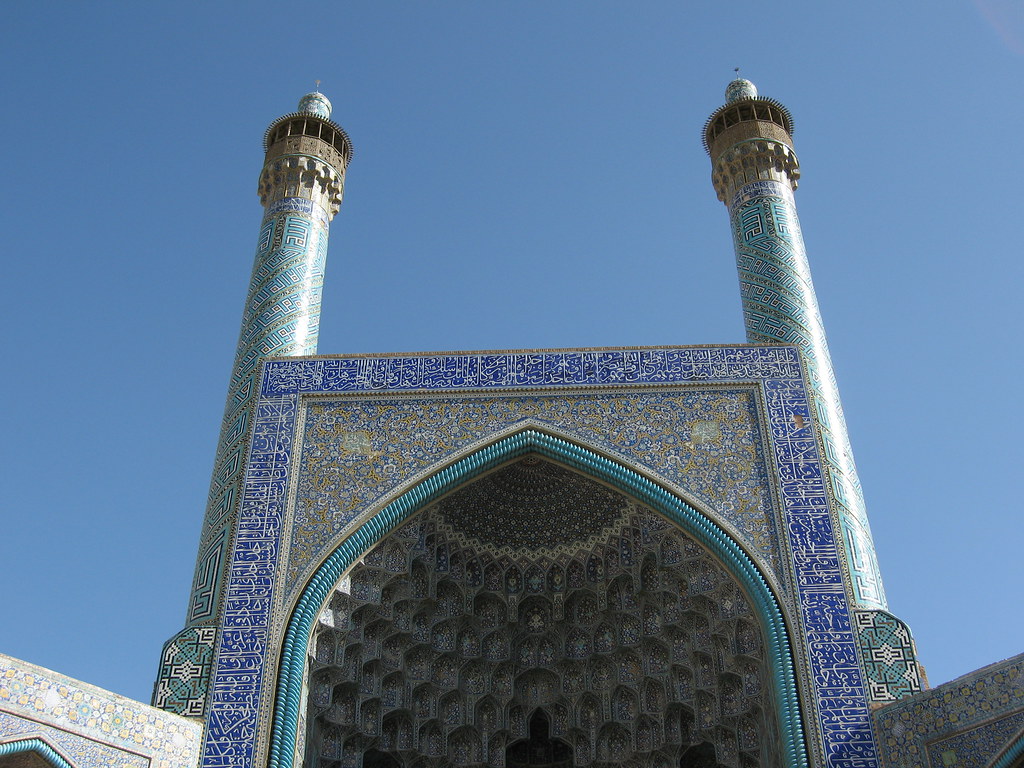
Our last stop was the capital Tehran. We spent two days there before catching a supposed two and a half day train to Istanbul in Turkey. Tehran is a sprawling city so it´s impossible to get a clear picture of what kind of place it is. We stayed in the tourist area which also doubled as the car upholstery area of the city. For every hotel there were twenty car accessory shops. Again we had huge problems finding interesting food. To make matters worse we were trying to piece together a picnic breakfast, dinner and lunch for two days on the train, with no supermarkets around, all the purchases had to be made from small corner shops with limited goods. Armed with flat breads, tomatoes, onion, bananas, a jar of gherkins and a squeezy container of honey we headed for the train station. It was the final stretch, one we got to Istanbul we knew we were back to a varied rich diet.
The train to Istanbul turned out to be a journey of epic proportions. The estimated 2968km long journey time of two and a half days was way off. We left Tehran an hour late and continued to fall more and more behind schedule from that point onwards. The border stops were a disaster, at the Iranian border all the passports (a couple of hundred) were collected to be stamped and then the police attempted the long process of a bulk return standing a few steps up a flight of stairs and calling out the names one by one. A totally unnecessary push and shove element was introduced into the Iranian border exit process as the crowd clamored to hear their name being announced and struggled to get to the stairs.
Once we were stamped out of Iran we started to see a very dramatic change in the women. The brave ones began slipping off the headscarf in an accidental fashion, almost as if they hadn´t realised it was gone. An Iranian woman who had lived in the US for years explained to me that most women wouldn´t dare take it off completely until we were safely inside the Turkish border for fear of arrest. She said Tehran airport is very amusing, the minute women clear immigration, and are therefore technically out of Iran, they whip of the hijab (before calling for beers once on board the flights). She was right, as we moved inside Turkish borders we didn´t recognise any of the females on the train . All the drab clothing was replaced by tight fitting tops, jeans and shovel loads of makeup. It may sound really strange but it was really weird to see women with hair and flattering hairstyles. Everyone looked about ten years younger and so much happier, you could suddenly see individuals instead of the drab sameness their previous attire precipitated.
After crossing into Turkey we travelled into the night as far as the shores of Lake Van. The train tracks ran the whole way right into a waiting ferry - although only one baggage car actually goes across in the ferry. We disembarked and found comfortable seats for the two hour journey across the lake. Five hours later we were still sitting docked and when we did get going the journey time lengthened to four hours. Funnily enough nobody seemed perturbed at all the delays it was just one of those journeys where you expected to arrive a day late. The following morning we docked at the other side of Lake Van but the ferry operators wouldn´t let us off the boat so we were cooped up watching another two hours of delays unfold. When we finally stepped onto dry land, an empty train platform, we waited for another hour for our train to Istanbul to arrive.
Hours and hours later we finally began to see the outskirts of Istanbul, by this stage we were three days and five hours travelling. The goal was to make it there for my birthday.... and we did by a very narrow margin... we made a dash from the train station and managed to be sitting on a park bench opposite Haga Sofia with a tavuk doner and a Efes beer in hand with five minutes before the clock struck midnight.
Visiting Iran provided a great insight into a country that is ( and unfortunately will increasingly under their current leader be ) a feature of our media exposure. The impression we were left with was that the population is frustrated with the regressive nature of the current regime. They have lost freedoms previously enjoyed without issue, women see the worst of it but overall the people express a view that Mahmoud Ahmadinejad is leading them in the wrong direction - towards international isolation - picking fights with people he really has little reason to. One exposure we had was in the very little English news available on TV. You may remember there was a small blast at a Mosque in Shiraz recently; a local was telling us that immediately after the bombing a local terrorist group was blamed, this story then morphed into pointing the finger at some Western involvement, which then ended up in the report we saw on TV that explicitly named England, Australia and the US as being responsible for the attack. Alot of people have international cable TV (illegally) and see through this propaganda, but the fact remains that the leading story every night in the news in some way denounced the fake regime of the Zionist State; there is trouble brewing - if you are interested, check it out sooner rather than later.


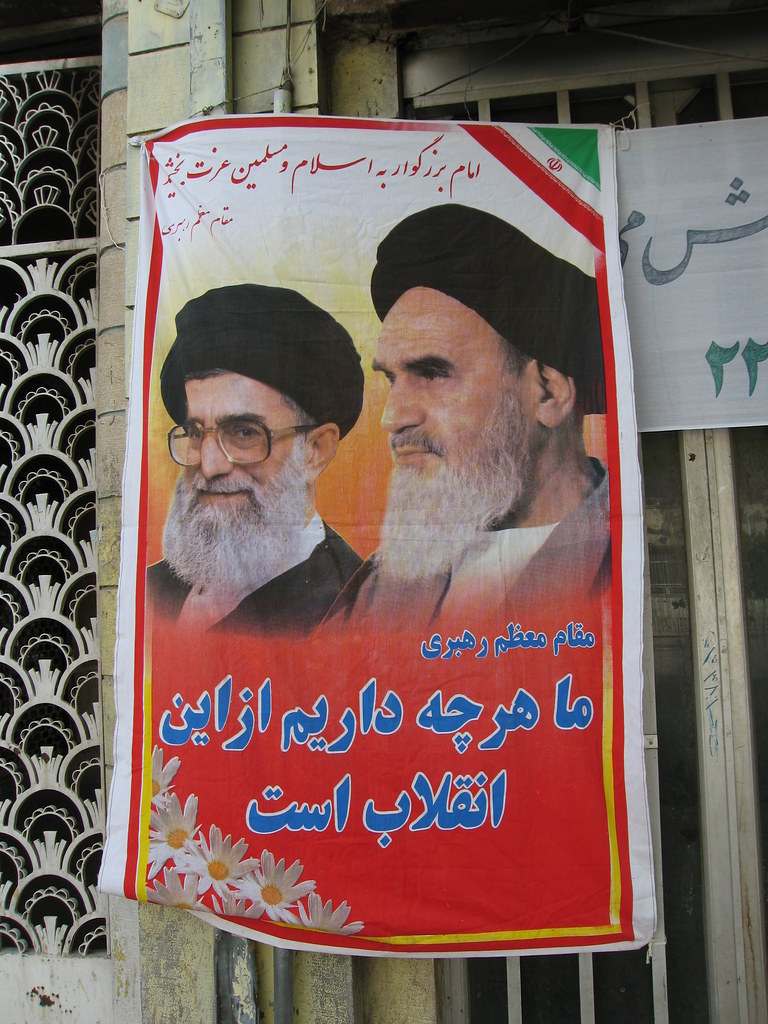


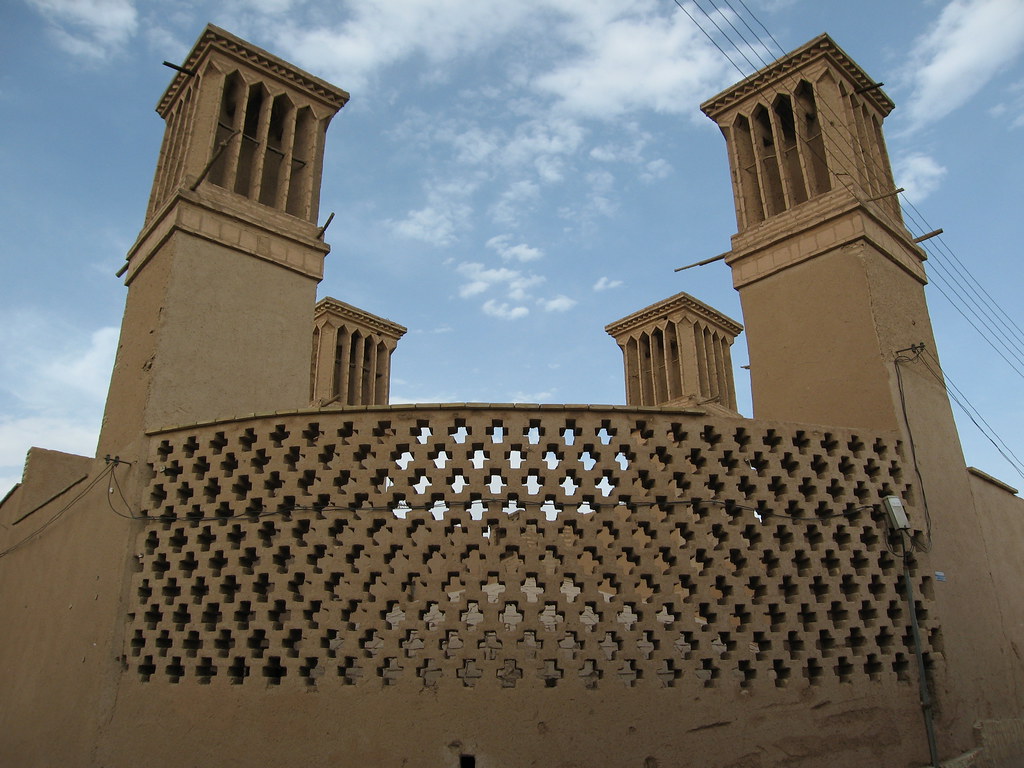
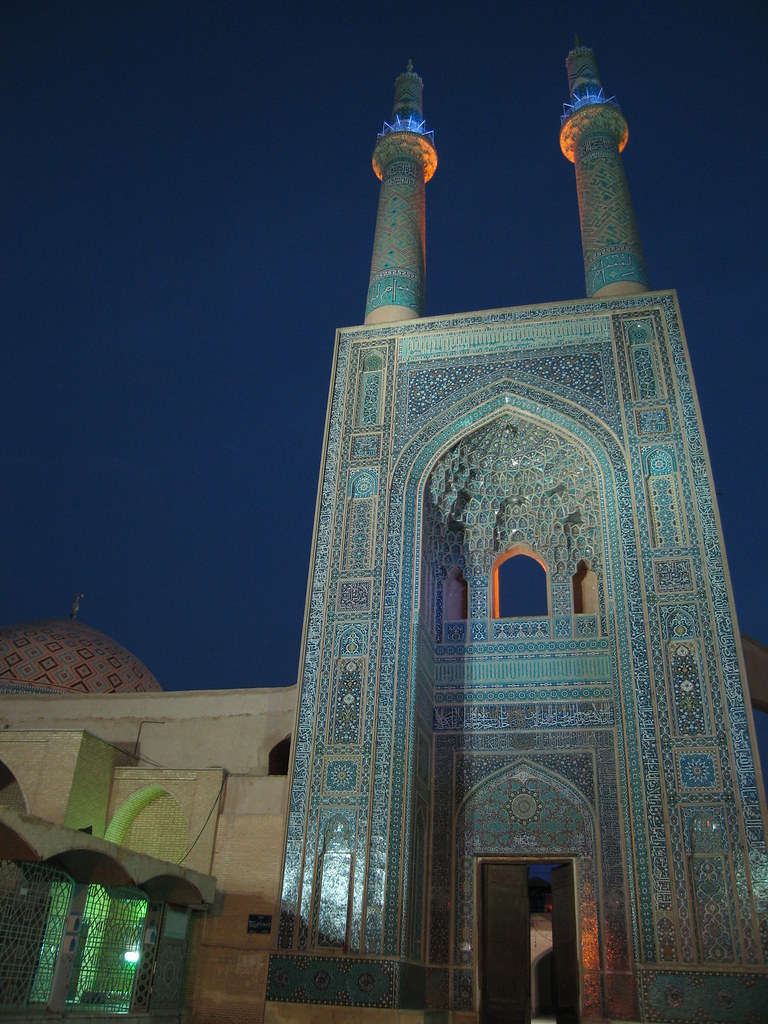
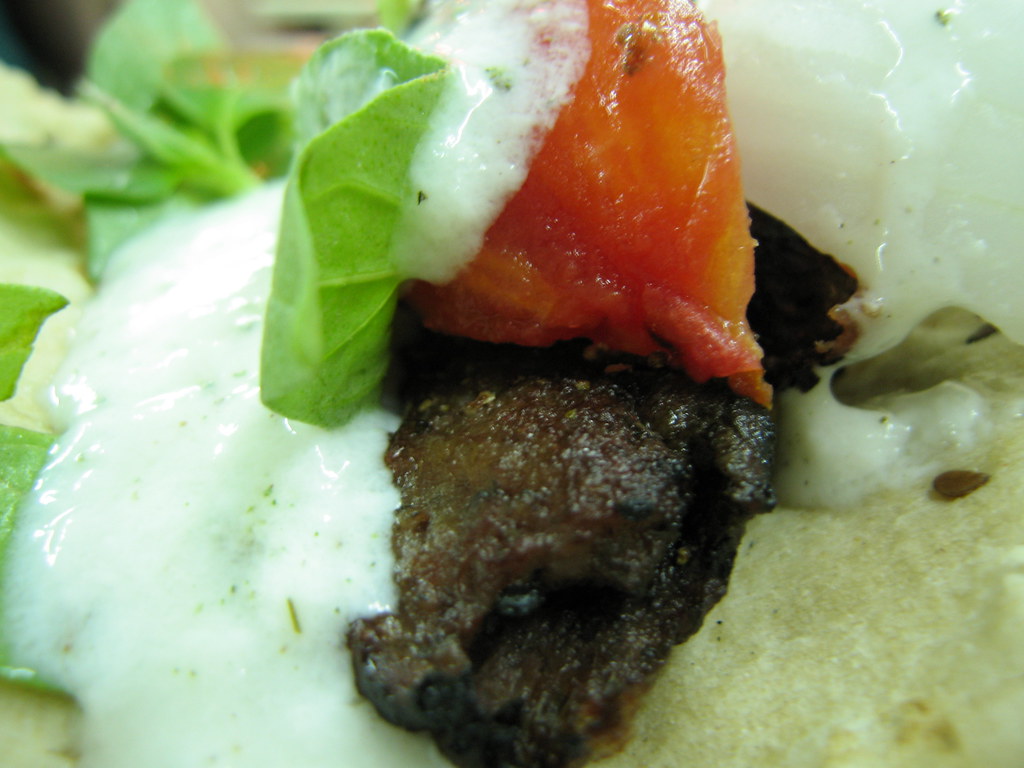




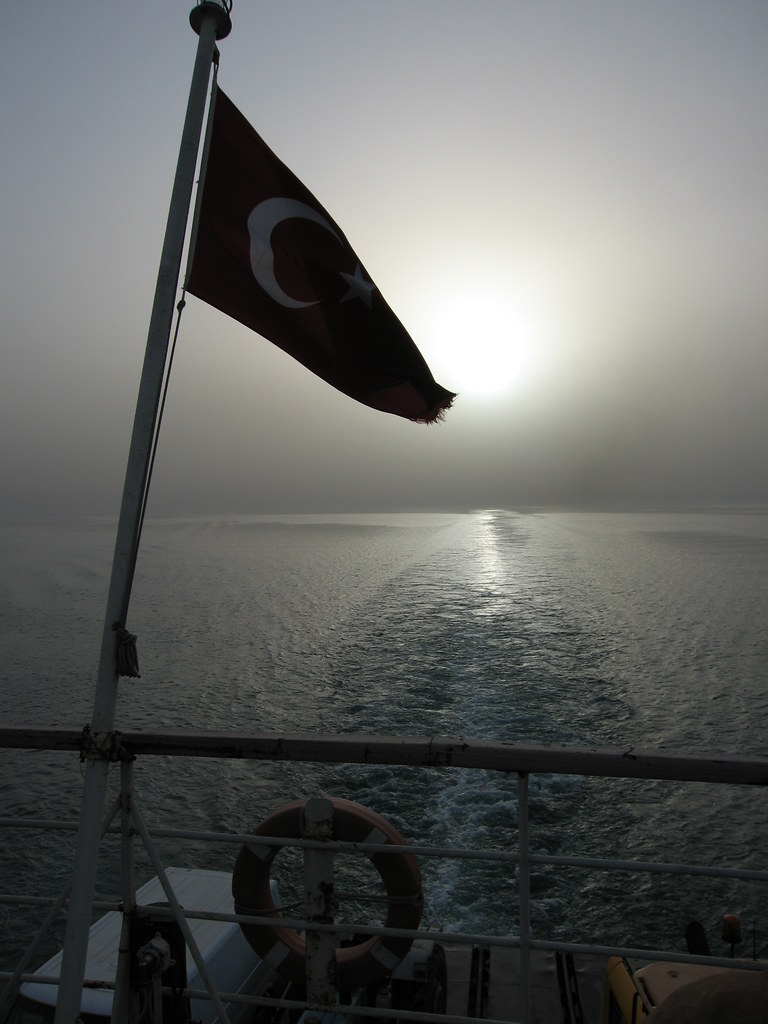

1 comments:
Dee & Marcus , what an incredible journey !
Despite all the hassles & problems , the places you visited are amazing .
You will have such a personal understanding of a wider world than most of us ever see .
I think the places ,transport , food etc etc. that you actually see/do , will not have the most long term effects .
What you learn about yourself , each other , and people all over this wonderful , diverse world , will add even more dimensions & depth to your character .
Post a Comment